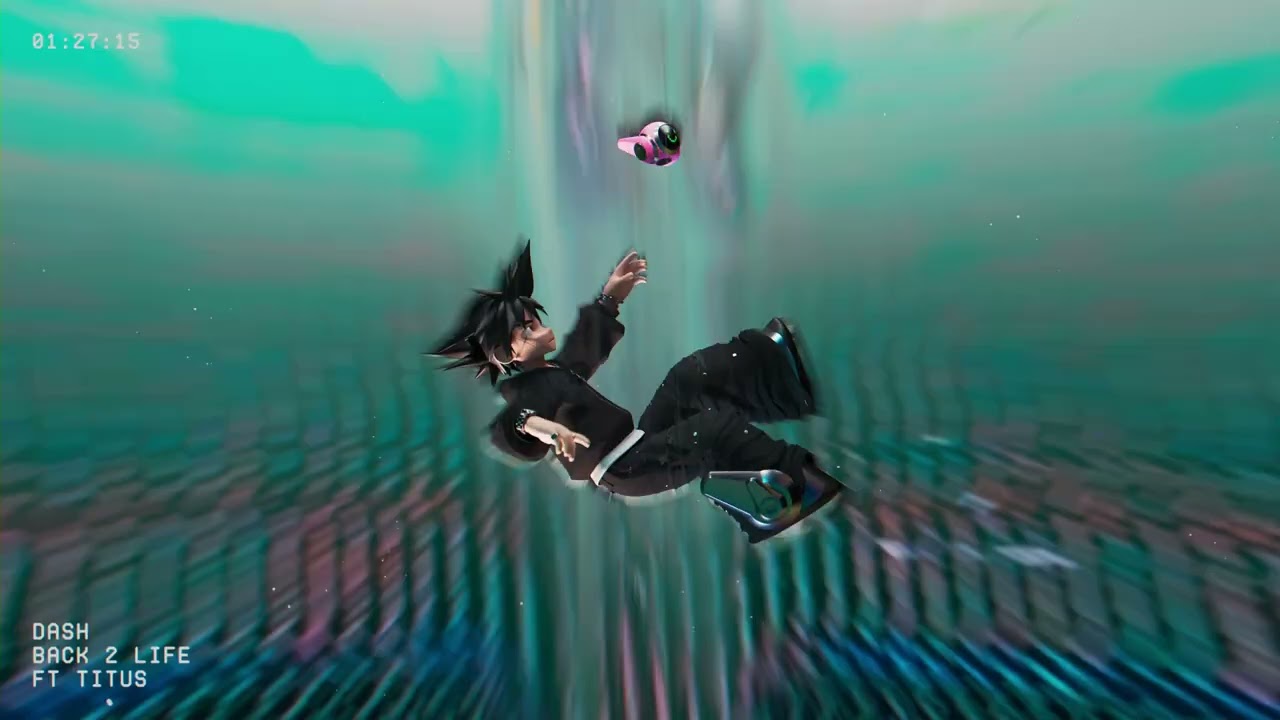Kaijū No. 8 by Naoya Matsumoto is steadily becoming a modern classic, and for good reason. It has great art, imaginative designs, awesome action, and a fast-paced story. If this manga were to be adapted into an anime within the next few years, it wouldn't come as a surprise.
For everything the series has going for it, however, it's not quite living up to its full potential. It sets up for some pretty unique and interesting character arcs but it seems to have eschewed this aspect of the story in favor of plot progression and monster fights. What's more, the series may be going too quickly for the readers to properly develop their emotional investment in the characters or their endeavors. If Matsumoto can make a few tweaks to their current style of storytelling, then Kaijū No. 8 could reach a level of quality to match its popularity.
The protagonist of Kaijū No. 8 Kafka Hibino shows the most room for improvement as a character. His goal in life is to join the Japan Anti-Kaijū Defense Force along with his childhood friend Mina Ashiro. However, he starts the series as a 32-year-old man who feels that he's over the hill and his goal is out of reach. He instead settles for the job of cleaning up Kaijū's remains. It's only when he acquires the mysterious power to transform into the eponymous Kaijū No. 8 that he resolves to join the JAKDF again and reunite with Mina.
Kafka has a very unique backstory for a Shōnen Jump protagonist. Jump's target audience is school-age boys, so the protagonists are usually written to be around their age and reflect their youthful vigor. The few adult protagonists in Jump don't really worry as much about age-based concerns. Kafka offers a chance for a refreshing perspective within the magazine due to this difference.
Kafka being 32 also recontextualizes a lot of his relationships with his peers. Their age gap leads to interactions that wouldn't normally happen with the standard Shōnen protagonist. Kikoru Shinomiya, for example, might make for a potential love interest in any other Jump manga. However, since she's only 17, she and Kafka instead maintain a steady rivalry and camaraderie, and that's okay. There's also the case of the 18-year-old Leno Ichikawa, who treats Kafka not only like a friend but also as a senior and something of a mentor. Even Mina is a good five years younger than him, though that doesn't matter as much since they're childhood friends. While his fellow soldiers aren't necessarily school-age, they are much younger than him and that can have a profound effect on their interpersonal dynamics and how the audience views them.
Unfortunately, Kaijū No. 8's breakneck pace makes it difficult to spend time on these unique characters. Even as a biweekly manga that takes regular breaks, the story seems to go by much too fast. The character interactions are fun and engaging, but they all seem to go by so quickly. In this regard, the pacing can actually become a detriment to the audience's enjoyment. By blitzing through so many key plot points and developments so fast, the reader has no time to feel a proper investment in the stakes or satisfaction with the outcomes.
To make matters worse, the story seems to be focused solely on cool fight scenes in recent chapters. They're good fights, but without appropriate emotional investment in the characters, going straight from one fight to another can lose its meaning. It's almost as if the distinctive human side of the Kaijū No. 8 narrative has been all but forgotten in favor of the Kaijū side.
Kaijū No. 8 is good, but it could be great if Matsumoto learns to work on the character aspect of the story. When the characters are given the chance to interact with one another, it can lead to some pretty good scenes with some much-needed development. So far, however, the rate at which the manga moves from one plot point to another leaves no room for the characters to breathe, thus the audience doesn't know or care enough about them to be invested in their stakes. There's seems to be plenty of time before the manga ends, so perhaps Matsumoto can surprise the audience.
About The Author

